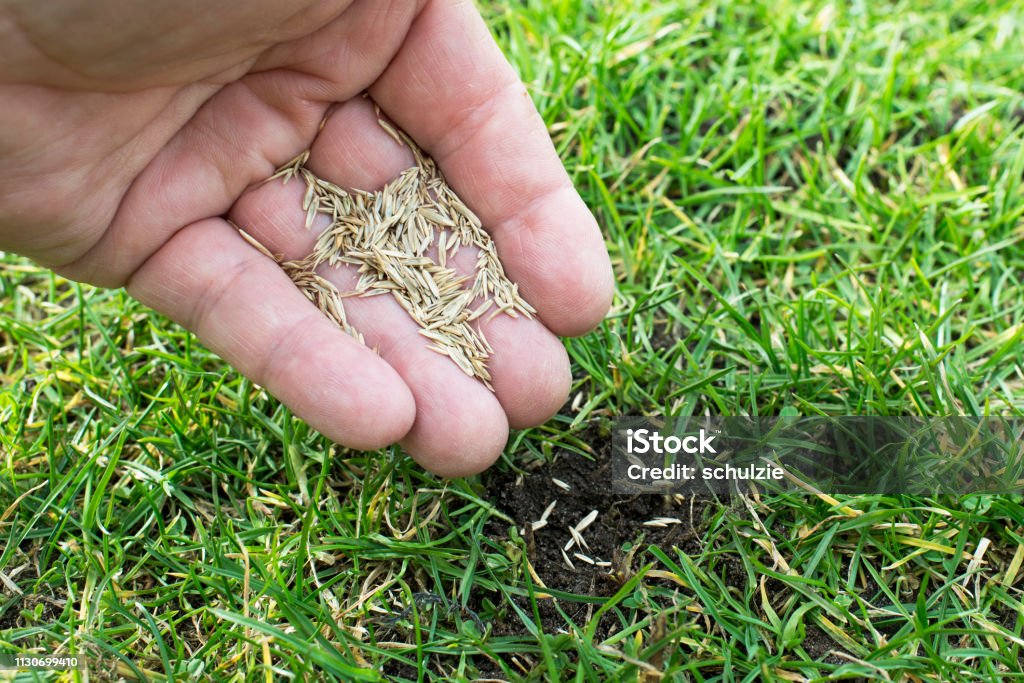Different technics in sowing these can be used in agriculture purpose.they can be in differentways are
It looks like there might be a typo in your message. Are you referring to “sowing” and “cultivation“? If so, I can help with information on planting seeds and nurturing plants. Let me know what specific details you need!Sowing refers to the process of planting seeds in soil to grow plants. Here are some key points about sowing:
1. Types of Sowing
- Direct Sowing: Different technics in sowingSeeds are planted directly into the garden bed or soil. This method is often used for crops like carrots and beans.
- Indirect Sowing (Seed Starting): Seeds are planted in trays or pots indoors or in a greenhouse, then transplanted outside once they’ve grown. This is common for tomatoes and peppers.
2. Timing
- Seasonal Considerations: Different plants have optimal planting times based on climate. Cool-season crops (like peas and lettuce) are sown in early spring or fall, while warm-season crops (like corn and squash) are sown after the last frost.
3. Soil Preparation
- Soil Quality: Good soil is crucial for seed germination. It should be well-draining, rich in organic matter, and free of weeds.
- Tilling: Loosening the soil helps seeds establish roots more easily.
4. Planting Depth
- Each type of seed has a recommended planting depth, usually noted on the seed packet. Generally, smaller seeds are planted shallower than larger seeds.
5. Watering
- After sowing, the soil should be kept consistently moist but not waterlogged. Too much water can lead to rot, while too little can hinder germination.
6. Light Requirements
- Some seeds need light to germinate, while others prefer darkness. Check the seed packet for specific requirements.
7. Spacing
- Proper spacing is essential to prevent overcrowding, which can lead to poor growth and disease.
8. Care After Sowing
- Thinning: Once seedlings emerge, they may need to be thinned out to allow room for growth.
- Mulching: Adding a layer of mulch can help retain moisture and suppress weeds.
9. Common Mistakes
- Overwatering, planting too deeply, or ignoring temperature requirements can hinder growth.
10. Monitoring Growth
- Keep an eye on your seedlings for signs of pests or disease, and be ready to address any issues.
If you have specific plants or techniques in mind, let me know, and I can provide more tailored information.Different technics in sowing
